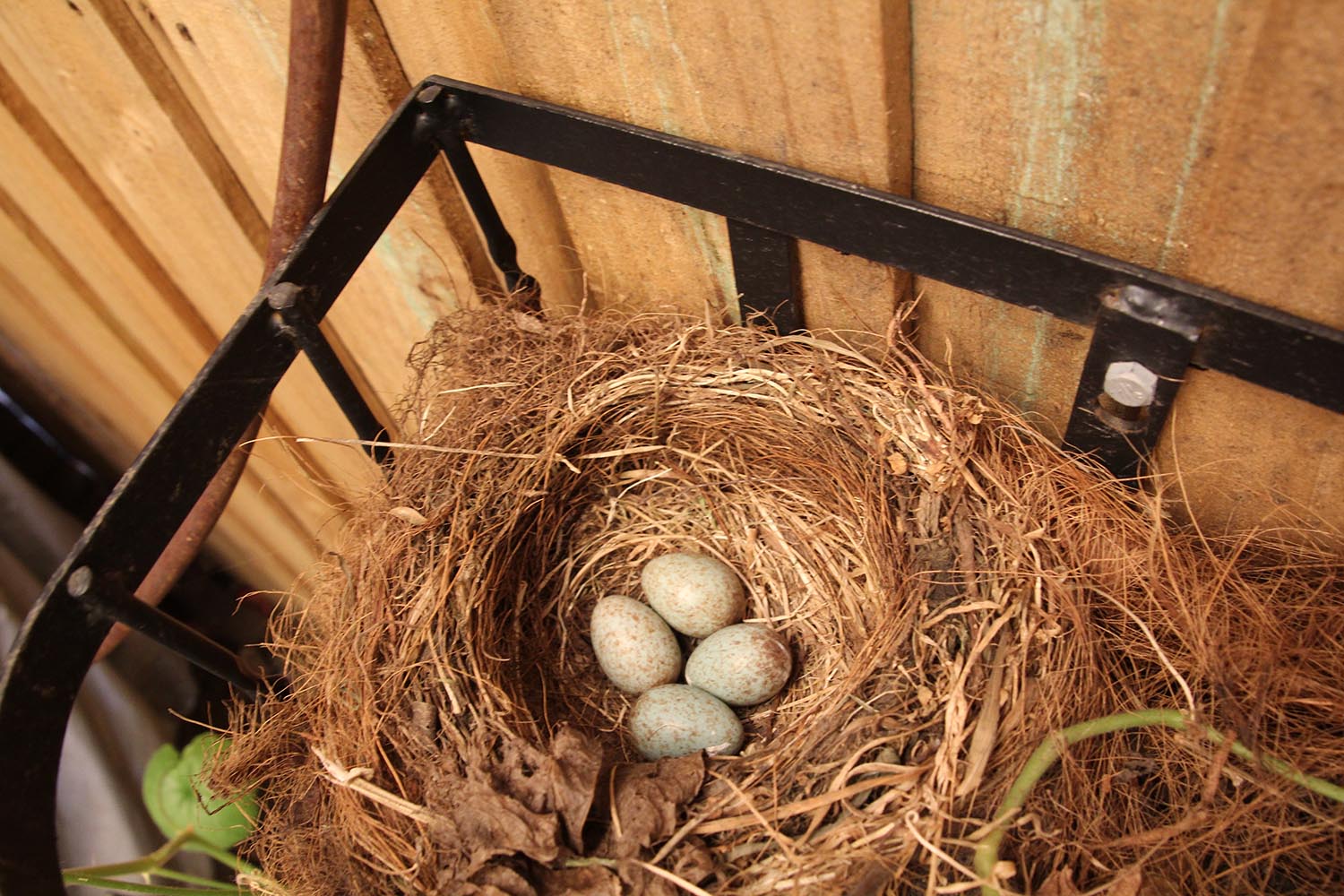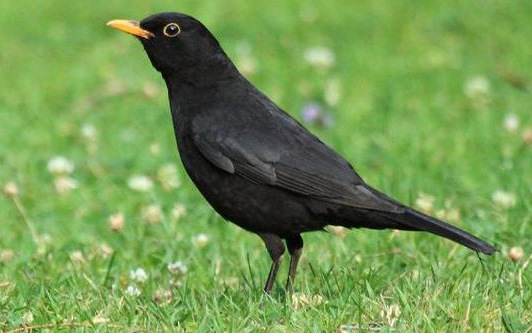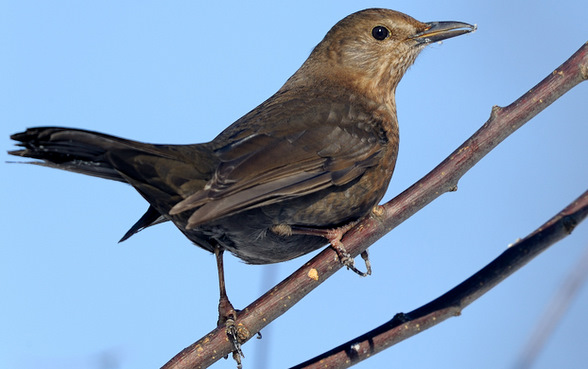Behaviour
Call
A repeated, high-pitched “tsee” or “chook”, and a mellow, melodious, warbling song. It has a harsh, almost screeching chatter of alarm when in flight.
Diet
A range of invertebrates including insects, earthworms, snails and spiders, as well as a range of seeds and fruit.
Flight
Fast, with rapid wing beats. It darts swiftly to and from its nest to avoid predators. It usually forages on the ground, probing and scratching in leaf litter, soil and lawns. It hops more than it runs when on the ground.
Breeding
During spring and summer when the male sings from a vantage point in the early morning. It builds a cup-shaped nest of dried grass, bound with mud and lined with fine grasses. The nest is usually hidden from predators in a tree, shrub or low bush, but is sometimes found in a tree hollow. The female lays three to five eggs, which are incubated for 14 days. Young birds leave the nest when they are 14 days old.
Field Guide
Improve your identification skills. Download your Common Blackbird field guide here!




